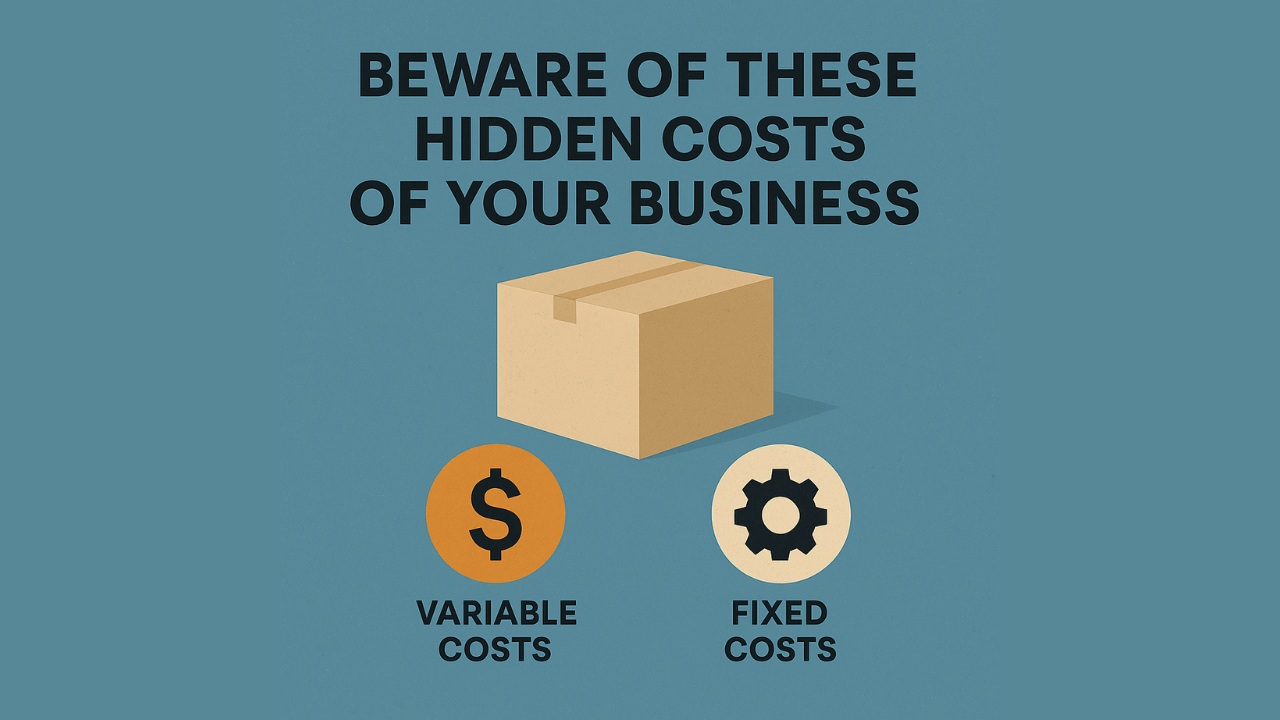How Creative Businesses Can Compete in a Price War
May 15, 2025
Competitors start lowering their prices. You’re tempted to follow in the same direction, but you’re already close to your minimum price as is. How do you proceed?
In creative industries value is often tied to uniqueness and expertise rather than cost, and therefore, engaging in a price war can be detrimental. Instead of lowering prices, creative businesses should focus on differentiation, value-based pricing, and strategic marketing. In this article, we’ll explore how to avoid getting stuck in price wars and identify strategies for coping when competitors start to lower prices through research and real-world cases.
Understanding the Psychological Trap of Price Wars
Price-centricity is a mindset that occurs when consumers fixate on price rather than value. Research by Bertini and Wathieu (2010) suggests that when consumers are exposed to constant discounts and price-focused messaging, they begin to view products based on price. This mindset can be changed by shifting the focus away from price and toward quality, exclusivity, and experience.
Strategies to Compete Without Lowering Prices
1. Value Based Pricing
Instead of competing on price, businesses should compete on value. This requires understanding what customers truly appreciate and positioning products or services accordingly. Typically the size of the customer segment that only values price is about 10-30% of all customers. Instead, you can focus on providing more value for more money to the other 70-90% of customers. Value-based pricing approaches pricing according to the perceived benefits a product provides rather than its cost of production.
For example, Kotipizza, a Finnish pizza chain, moved away from discount pricing by improving food quality, investing in responsible sourcing, and enhancing customer experience. By shifting consumer perception of its pizzas from a low-cost option to a high-value experience, Kotipizza was able to increase prices and achieve consistent growth in a market where competitors were exclusively competing based on low prices.
2. Diversified Revenue Streams
Creative businesses can also explore diversified revenue streams to enhance business sustainability. For instance, independent authors and artists can generate income not just from direct sales but also through subscription models, premium memberships, partnerships and fan-supported platforms like Patreon. These alternative income sources reduce dependence on fluctuating market prices and create a loyal customer base willing to support the brand beyond individual purchases.
3. Highlight Unique Features and Benefits
Creative businesses often offer unique, customized, or handcrafted products that cannot be easily compared to mass-market alternatives. By emphasizing these unique qualities, businesses can make price less of a focal point.
For instance:
- A design studio can showcase its process and the personalized approach it brings to branding.
- A photography business can highlight its artistic style and post-production techniques that add extra value.
- A digital marketing agency can emphasize its strategic insights and measurable impact rather than just the cost of services.
4. Use Psychological Pricing to Reinforce Quality
Research shows that higher prices can sometimes make a product more desirable because a higher price will usually attract more attention and forces buyers to try to understand what kind of value they are getting in return. Apple is a prime example of this strategy, often introducing products at significantly higher prices than competitors. The perception of premium quality and exclusivity encourages customers to focus on the product’s benefits rather than just its price. For example, Apple’s marketing tends to focus on only a few premium features that are marketed heavily.
A creative business can use this approach by:
- Introducing tiered pricing that emphasizes premium options.
- Bundling services to add value while maintaining a higher price point.
- Utilizing strategic discounting, such as offering limited-time bonuses rather than cutting base prices.
5. Build Brand Loyalty through Storytelling and Community Engagement
In creative industries, storytelling is a powerful tool to differentiate a brand. Businesses should create compelling narratives around their products, processes, and inspirations to connect with customers on an emotional level.
For example:
- An independent jewellery brand can share stories about the craftsmanship and ethical sourcing behind each piece.
- A content creator can showcase behind-the-scenes work to demonstrate expertise and effort.
- A boutique fashion brand can highlight sustainability efforts and the personal touch involved in design.
Beyond storytelling, community engagement can create sustainable customer relationships. Authors, for instance, can build loyal followings by offering exclusive content, hosting virtual events, and engaging with readers directly through platforms like Substack or member-driven communities. This fosters deeper brand attachment and reduces reliance on price as a competitive factor.
6. Leverage Customer Segmentation and Personalization
Different customers have different priorities. Identifying target customer segments and tailoring offerings accordingly can prevent a business from needing to engage in price competition.
For example, Kotipizza segmented its customers into groups based on their values—some prioritized quality ingredients, others convenience, and some still sought affordability. By adjusting marketing messages for each group, Kotipizza was able to serve multiple demographics without compromising on pricing.
Creative businesses can apply the same principle by:
- Offering different service tiers to cater to various customer needs.
- Using digital marketing tools to target specific audiences with personalized content.
- Creating loyalty programs that reward long-term customers rather than attracting one-time bargain hunters.
Price wars can be dangerous, especially for creative businesses that rely on differentiation rather than cost leadership. Instead of lowering prices, focus on adding value, leveraging psychological pricing strategies, telling compelling brand stories, and personalizing marketing efforts. Additionally, exploring diversified income streams and fostering community-driven engagement can create financial stability without sacrificing profitability. By shifting the conversation from price to quality and uniqueness, creative businesses can thrive even in competitive markets.


